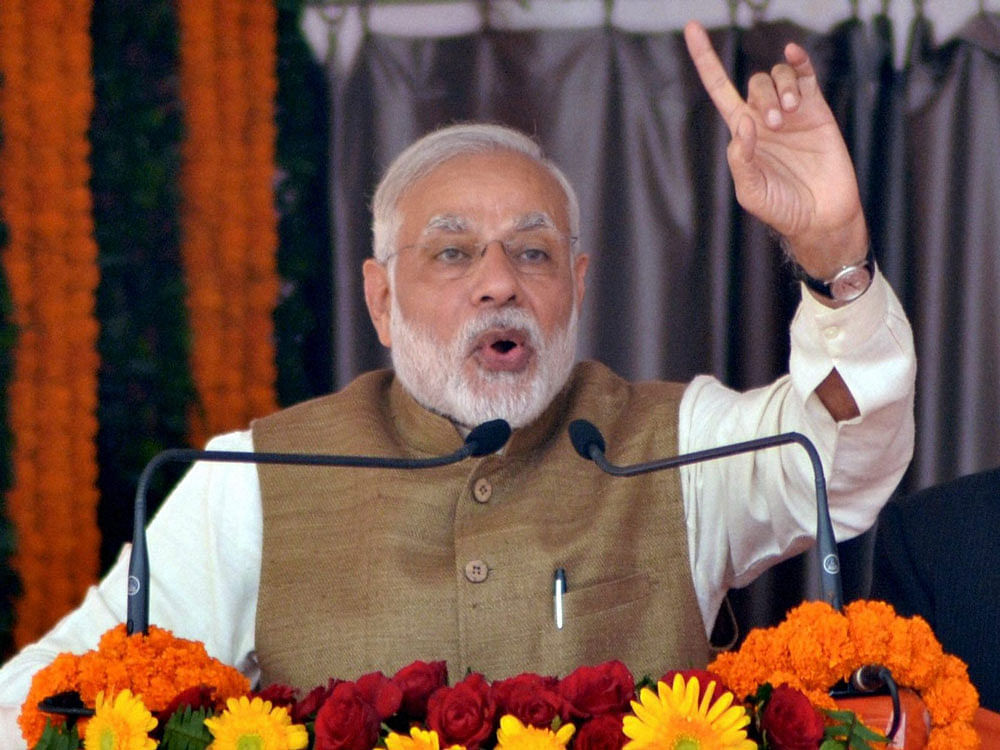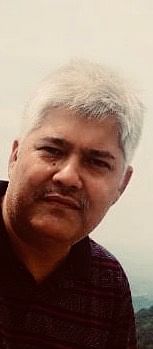
It is Mandal (reserved classes) vs Kamandal (Hindutva) 2.0 in the Hindi belt of Uttar Pradesh and Bihar, which together send 120 MPs to Lok Sabha.
The BJP-led NDA, which had won 104 of these in 2014, is facing a daunting challenge in Uttar Pradesh and Bihar from the revival of the OBC-Dalit narrative, with the solid backing of Muslims to the opposition alliances in these two states.
The emerging spotlight on caste could be discomforting for the BJP, which in the last five years has tried very hard to shed its ‘Brahmin-Bania’ tag, going to the extent of nominating a Dalit as the President of India and unabashedly flagging the ‘ati-pichhda’ (extremely backward) identity of Prime Minister Narendra Modi.
While the BJP, somewhat like the other national party, Congress, has this challenge of having to balance different caste groups, the regional parties in both states have gone the whole hog to capture the OBC-Dalit space and sought to project the electoral battle in the two states as between ‘Dalit-pichhda’ versus ‘samanti tatva’ (feudal elements).
The dilemma of the BJP was evident when a day after Modi said he was not just an OBC but was born into a “most backward caste”, his minister Arun Jaitely swung into action arguing that Modi “had never done caste politics.”
“How is the prime minister’s caste relevant? He has never done caste politics. He has only done developmental politics. He is inspired by nationalism. Those who are deceiving the poor in the name of caste will not succeed,” Jaitley said.
The dilemma is understandable, as the BJP had just a few months back tried to address the anger of the upper castes by bringing in a legislation to offer a spurious 10% reservation to the poor among the general category. This came after the BJP brought in a law to overturn the Supreme Court order which “diluted” the SC/ST Act, angering the Dalits and kicking up nationwide protests.
As soon as the BJP tried to mollify the outraged Dalits, its core constituency of upper castes became restive and their anger is considered to be one of the reasons for the party’s rout in three Hindi belt states—Madhya Pradesh, Rajasthan and Chattisgarh--last year. In Madhya Pradesh, a section of people from the general categories, backwards and minorities formed SAPAKS (Samanya Pichhda Evam Alpsankhyak Samaj), which supported and fielded candidates against BJP.
Soon after the polls, the BJP brought in the quota for upper caste poor and it is now hoping for gains in the Hindi belt.
In contrast to this balancing act, the regional players are back to their tried and tested formula of pitching the election as a fight between reserved and non-reserved categories, though the fact that the prime minister himself belongs to the extremely backward ‘ghanchi teli’ community and that the party has fielded a large number of EBC candidates make it difficult for the opposition parties to take the narrative beyond a point.
BSP chief Mayawati asked people to differentiate between asli (real) OBC and naqli (fake) OBC, alleging that Modi actually did not belong to OBC, but got his caste enrolled in that category when he was Chief Minister of Gujarat.
The most vocal OBC politics is being done by RJD in Bihar as this had paid dividends in the 2015 assembly polls in Bihar when Lalu Prasad and Nitish Kumar had come together to decimate the BJP-led NDA just a year after the latter had won a massive 31 of 40 Lok Sabha seats. So, when Tejashwi Yadav insists that Modi is “janmjaat agada (upper caste by birth) and dismisses his EBC origin claim, there is a definite pattern of politics.
The BJP, however, romped home with a massive majority in the 2017 assembly polls in UP because the SP and BSP fought the elections separately. This time, they have joined hands against the BJP. While Modi has attempted to reach out to Dalits in a big way, nominating Ram Nath Kovind as President and resurrecting and renovating places associated with Babasaheb Ambedkar, the ruling party has found itself at the receiving end of Dalit anger after every incident against Dalits.
The flogging of Dalits in Una in BJP-ruled Gujarat in 2016 brought out the fault lines in the open. The year before, University of Hyderabad Dalit student Rohith Vemula committed suicide, triggering protests nationwide. In 2017, it was the Rajput versus Dalit violence in Saharanpur in BJP-ruled Uttar Pradesh; in 2018, it was the Bheema-Koregaon violence in BJP-ruled Maharashtra. When young Dalit activist Chandrashekhar Azad Ravan was booked under the draconian National Security Act, 1.4 lakh people in the country endorsed the Amnesty India campaign seeking his release from jail.
The opposition parties are aware of the soft underbelly of the BJP. Recently, when the BJP denied Lok Sabha ticket to one of its Dalit leaders, Vijay Sampla, Tejashwi was quick to pounce upon the “jaativadi (casteist) BJP”. Reminding voters that Sampla as well as another Dalit MP Udit Raj were denied tickets (Udit Raj later joined Congress), Yadav said, “there is no value for these classes in the BJP, which is a party that has snatched the rights of Dalits, extremely backwards and backward castes).
As the BJP raises the Hindutva pitch, with the projection of leaders like Pragya Thakur, regional parties in the Hindi heartland have latched on to the potent tool of OBC consolidation.
The BJP, which has of late roped in substantial numbers of EBCs, is hopeful that despite the attempt to build a caste narrative, it will get votes of non-dominant OBC castes, which it promoted and allied with in Bihar. The party has promoted EBC leader Prem Kumar and made a Yadav leader, Nityanand Rai, its state chief. In UP, its Deputy Chief Minister Keshav Prasad Maurya belongs to Kushwaha community. The attempt by the SP and BSP is to recreate the politics of the late Kanshi Ram, the founder of the BSP, who had founded BAMSEF (Backward and Minority Communities Employees’ Federation ) in 1978 and had tried to bring in support from all other sections of society (SC, ST, OBC, minorities) barring the upper-castes. The BJP has been citing measures like Ujjwala and toilet schemes to hammer home the point that these measures benefited the poor, mostly among backwards and Dalits.
In Mandal versus Kamandal 2.0, much will depend on whether Akhilesh Yadav and Tejashwi Yadav, the sons of Mulayam Singh Yadav and Lalu Prasad, who had started as champions of OBCs, face a challenge in maintaining a Yadav-plus identity for themselves, something that had grown around their parties at one point. Similarly, unlike Kanshi Ram, who had fired the imagination of all Dalits for a time, his successor Mayawati is struggling to get beyond the identity of a Jatav.
